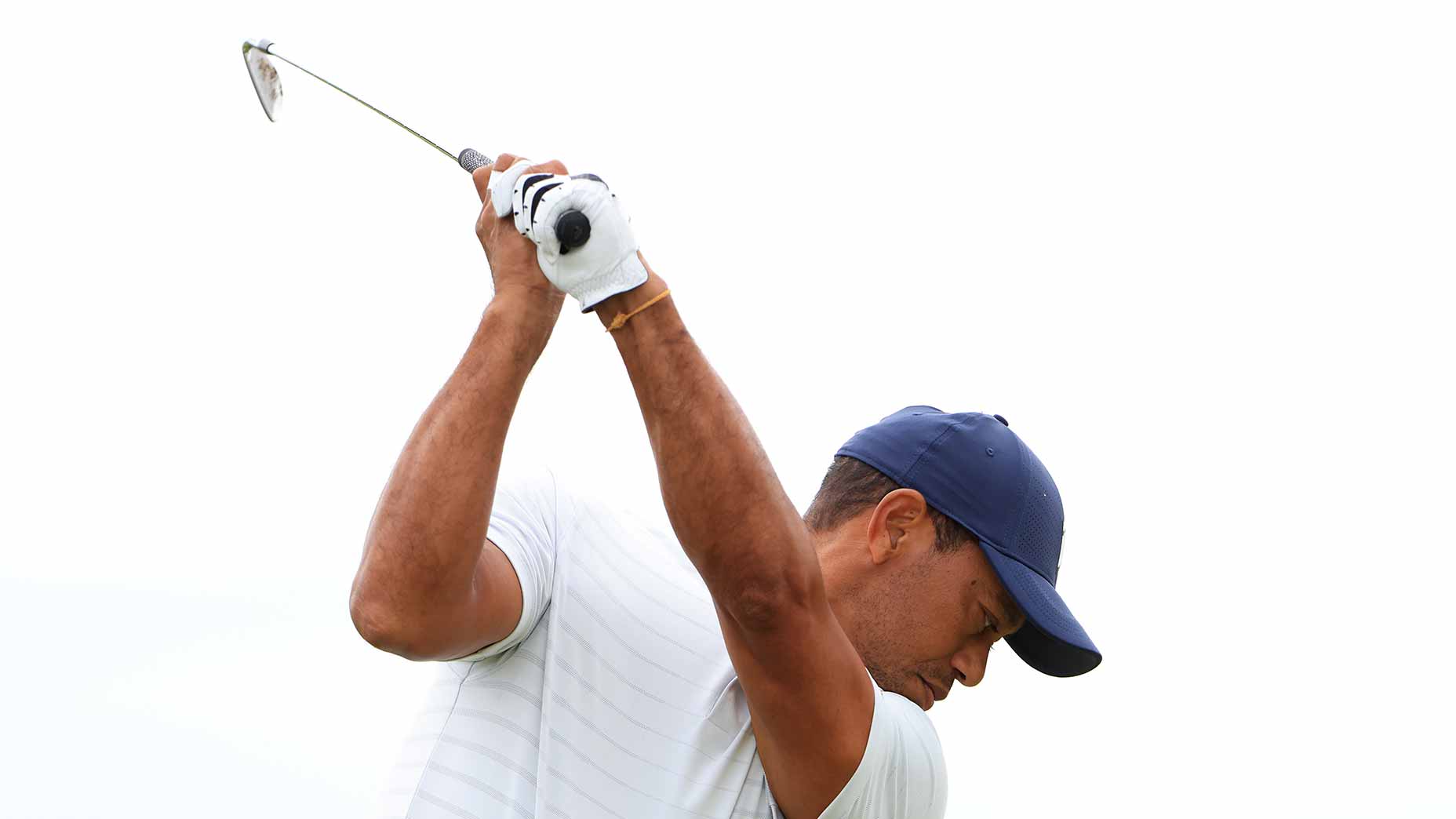Welcome to another edition of the Fully Equipped mailbag, an interactive GOLF.com series in which our resident dimplehead (a.k.a., GOLF’s managing editor of equipment, Jonathan Wall) fields your hard-hitting gear questions.
My dad just started playing regularly again this year after about 5-10 years of spotty playing. While I am longer than he is, he still plays close with me on score because of his ballstriking. He credits this to learning to play using bladed irons in the 1970’s. I am about a 13-handicapper with my ballstriking being the weakest part of my game. I have been considering switching from game-improvement irons to a set of bladed irons to force myself to work on my ball striking. Smart move?
As an avid hunter, my mind goes directly to the saying “aim small, miss small” when I hear someone talk about reducing the size of their iron profile. Aiming for a smaller target might help you shore up poor shot dispersion with a rifle, but I can promise you the same thing doesn’t apply to most 13-handicap golfers.
Sure, there are exceptions to every rule. But if you’re playing a set of game-improvement or player-distance irons, the move to a set of muscleback blades is going to highlight a lot of your weaknesses.
You’re not only sacrificing mis-hit protection, but you’ll also notice significantly weaker lofts, which means you’ll have to adjust all the yardage gaps in your set.
Throw in a significant reduction in offset and I’d be willing to bet your golf ball budget goes up in a big way next season. If your iron game is where you struggle the most, switching to a set of blades is going to drive you mad.
As Tim Briand, senior vice president at 8AM Golf sister company True Spec Golf, noted during the most recent episode of GOLF’s weekly Fully Equipped podcast, there might be a “honeymoon” period when you first use the irons, but it’s going to be a fleeting moment. The margin for error with a blade is close to zero. There’s a reason why you only see them in the hands of elite ball-strikers.
If you’re still dead-set on trying blades to see if they’ll shore up your iron game, consider an alternative option: a practice club that’s well above your skillset.
“I actually really like having a practice club that’s way more difficult than your gamers,” Briand said.
What Briand means by that is finding a blade iron you like to practice with on the side. Pinpoint an iron you enjoy practicing with on a regular basis — maybe it’s a 7- or 8-iron — and find a single blade that you can hit balls with during range sessions.
Maybe you warm up with the iron before hitting your gamers, or maybe you use the club as a litmus test to see if your ball-striking is improving over time. It’s a great way to work on your consistency without going mad on the course.
If you do decide to add a blade practice iron to the bag, make sure it’s built to the same specs as your gamer set. That way you know you aren’t making any unnecessary adjustments for the club.
Take that advice to heart and you might see your iron game improve in 2021.
Interested in an iron fitting? Head over to GOLF.com’s sister company True Spec Golf for information on how to get fit.
